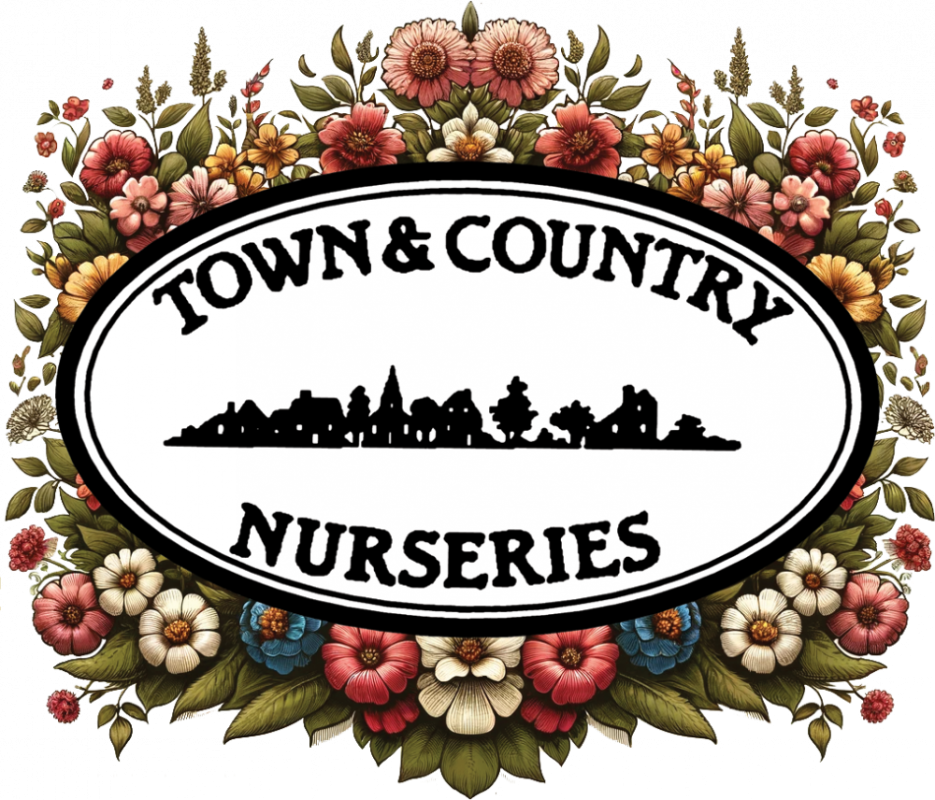Perennial Care:
Planting a perennial garden takes extra planning compared to planting annuals. It is very important to choose the right location for your perennial. Some perennials are able to take colder weather than others, so make sure you check your USDA Hardiness Zone. Middlesex County is zoned 6b, which indicates hardiness at 0 to -5 degrees Fahrenheit. If the plant is labeled for a lower zone then you will have to treat it is as an annual in Middlesex County. Sunlight is also very important to your perennials. All of our perennials have plant tags that distinguish whether your perennial requires sun, shade or part sun. We carry a variety of Fafard planting soils that will give your perennials an extra boost of nutrients for the perfect head start. Fertilizing your perennials will encourage growth and create a healthy beautiful plant. Just be careful not to over fertilize.
We carry a variety of granular slow release fertilizers that will give your perennials an all season long feeding. Other “bloom booster” fertilizers will encourage a more enhanced bloom production. The general rule of thumb for fertilizing your perennials is once in the early spring and again in the early fall.
Cleaning Up Your Perennial Beds:
After being cooped up all winter, spring time brings new life to your perennial beds. Spring is a great time to cut back, and clean up your beds. Evergreen perennials will require no pruning unless they were damaged during the winter months. To identify an evergreen perennial in your garden you will notice that it does not lose it foliage during the winter. Some evergreen perennials include creeping Phlox, Helleborus, and Heuchera . A woody perennial should not be trimmed until mid-spring because accidently cutting them back too early may cause them to die. A woody perennial has hard stems and its buds survive above ground for the winter. Lavender and Russian Sage are examples of a woody perennial. Fortunately most of your perennials in the garden are herbaceous meaning that their stems remain flexible throughout their life. Herbaceous perennials die down to the ground during the winter. So your choice is very easy, cut everything down to ground level.
